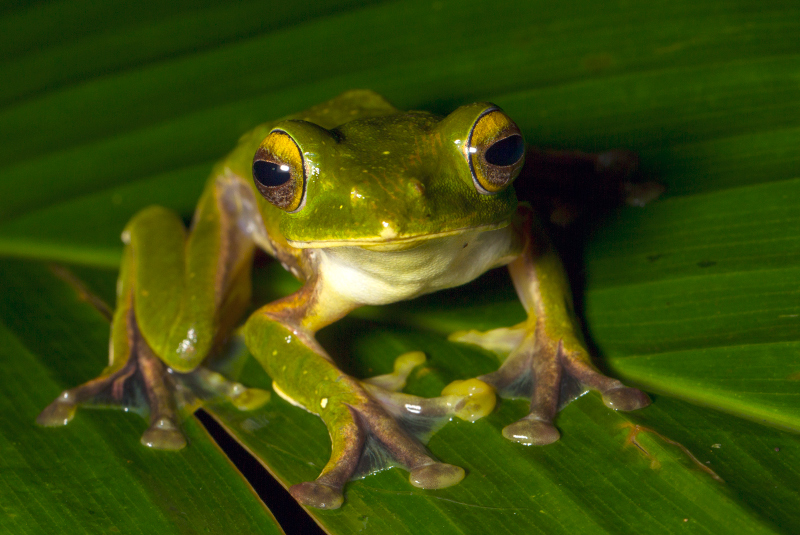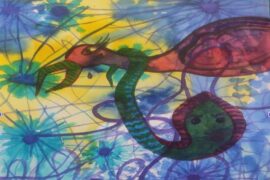“Have you seen this frog?”. Translated into Tamil and Malayalam, this question along with a colour photograph was shown to the indigenous and non-indigenous communities of the Mankulam forest in Idduki, Kerala.
If you did, and you were a biologist in haste – you might be forgiven for saying yes, and identifying it as a Rhacophorus malabaricus – ie, the Malabar gliding frog. Except that answer is wrong – that is the fake frog. Another species, called Rhacophorus pseudomalabaricus, was what the researchers from the Conservation Research Group, Florida International University and Zoological Society of London were looking for.
The two are morphologically similar but exist on opposing spectrums of the International Union for the Conservation of Nature’s red list. The Malabar gliding frog is marked as Least Concern – the same as humans – where the false Malabar gliding frog (also known as the Anamalai Gliding Frog) is Critically Endangered. The two frogs don’t share habitats but they’re not very far from one another.
The difference is that while the Malabar gliding frog has a distribution across the Western Ghats, the Anamalai frog is restricted to the Indira Gandhi National Park (now called the Anamalai Tiger Reserve) and its surroundings. Or at least, it was until the researchers used oral testimonies to find their frog in Kerala’s Cardamom Hills.
Copyright©Madras Courier, All Rights Reserved. You may share using our article tools. Please don't cut articles from madrascourier.com and redistribute by email, post to the web, mobile phone or social media.Please send in your feed back and comments to [email protected]











